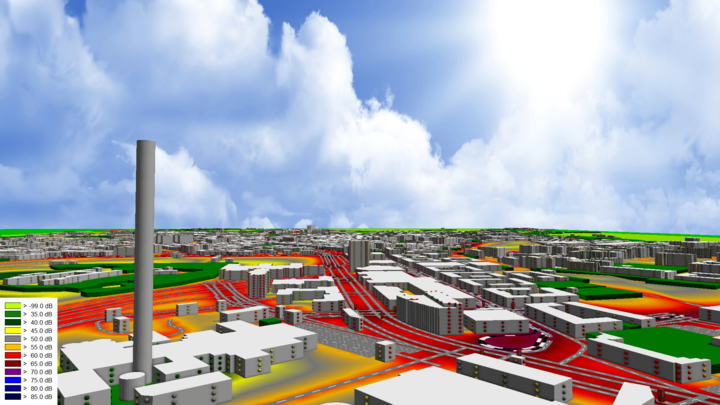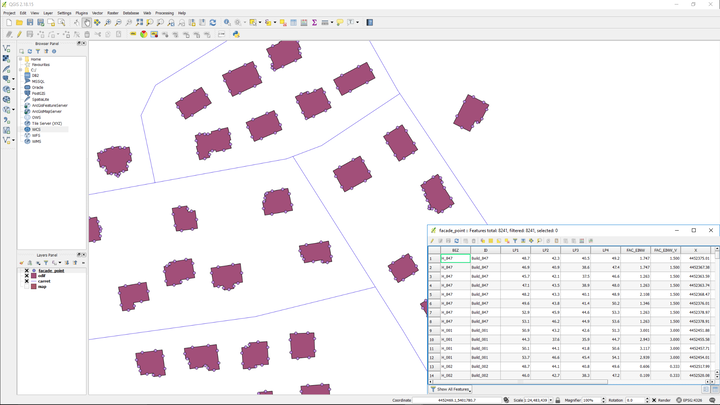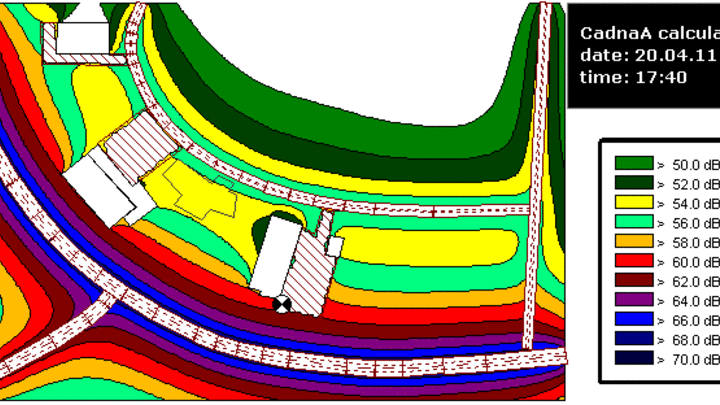City Noise Mapping
CadnaA is an excellent tool for the calculation of noise maps and for Strategic Noise Mapping according to the EC Directive on Environmental Noise. A great number of users value its richness in features, calculation speed and last but not least, usability. Numerous noise maps of cities and even entire countries have been calculated and are calculated using CadnaA.







